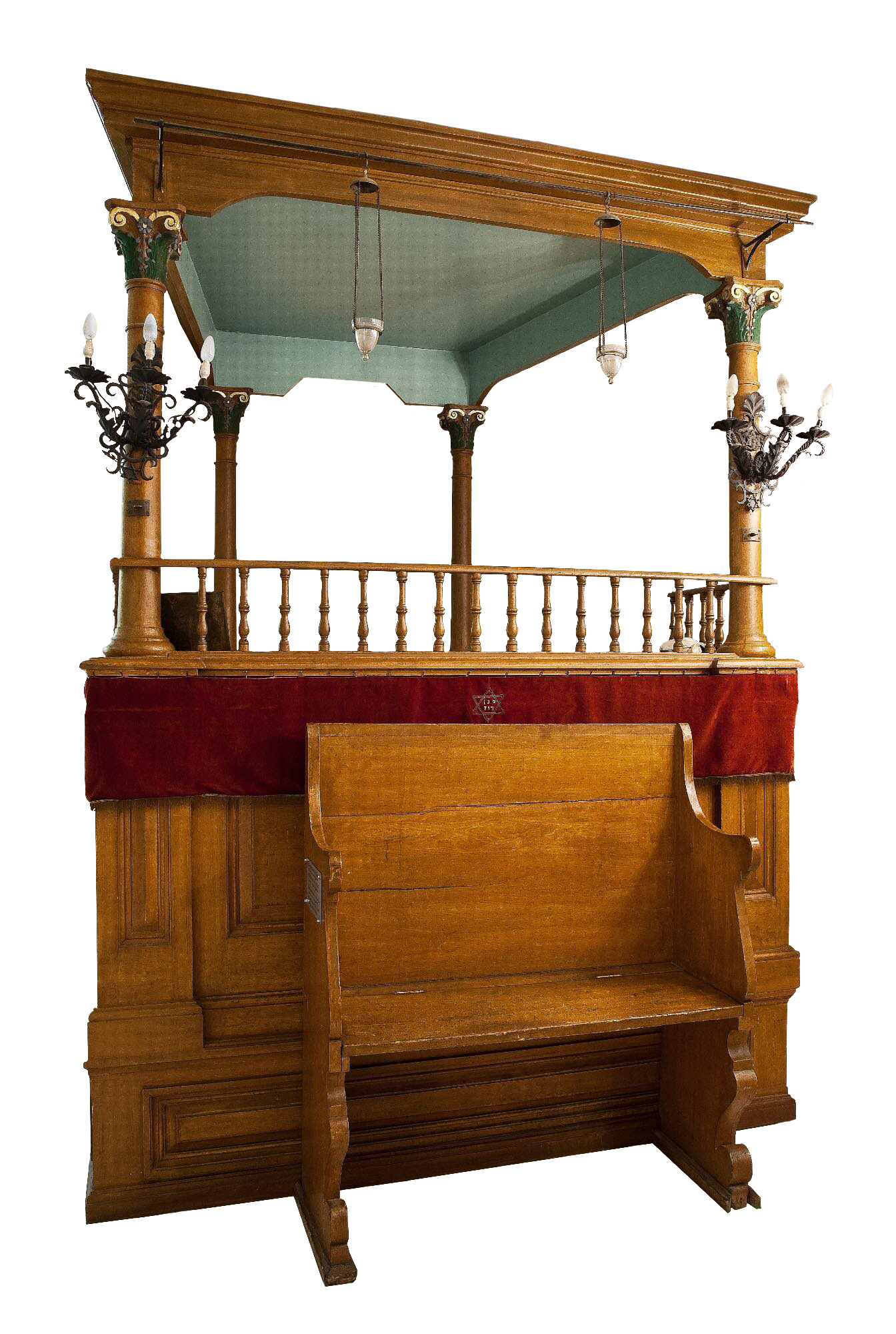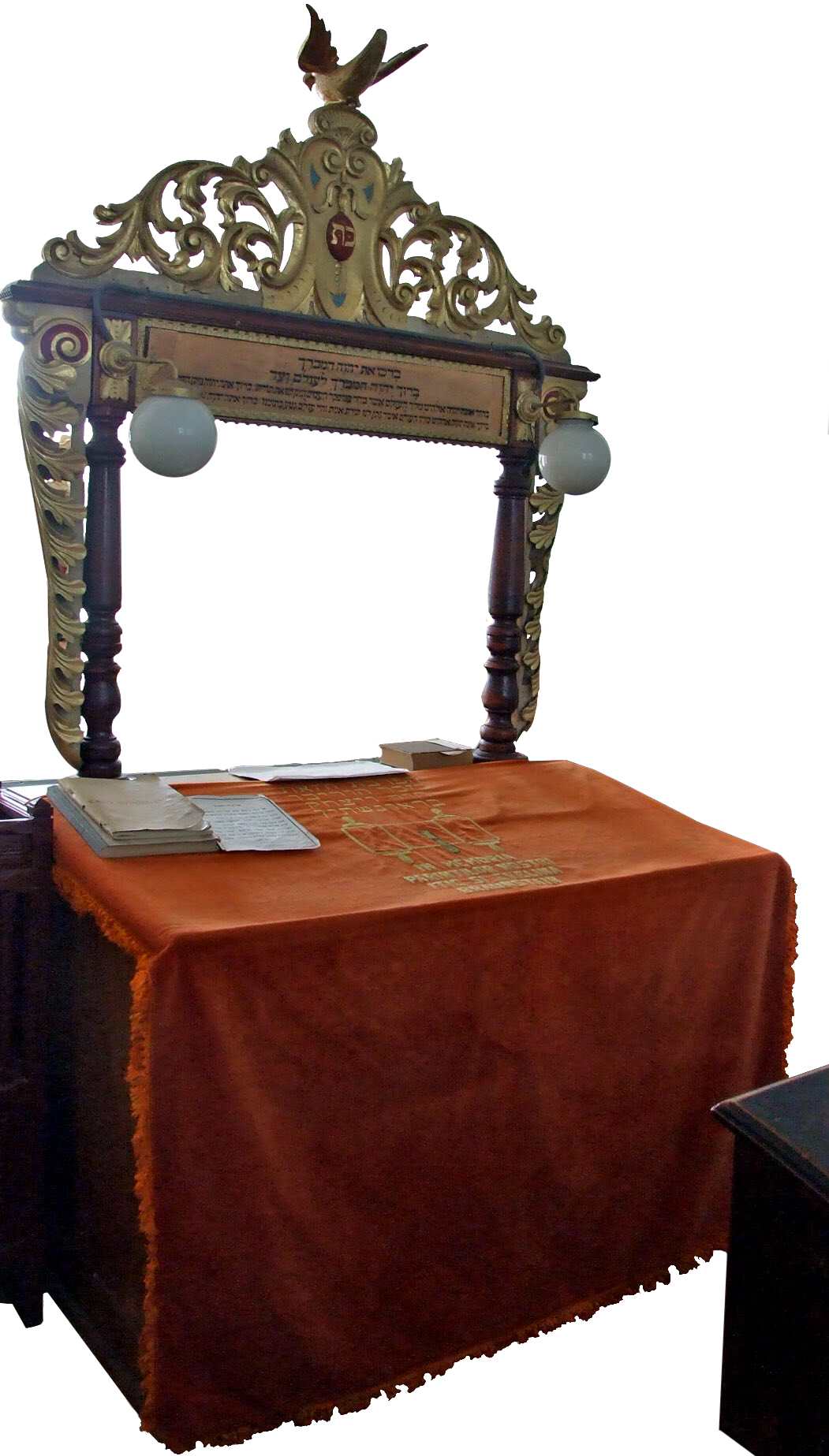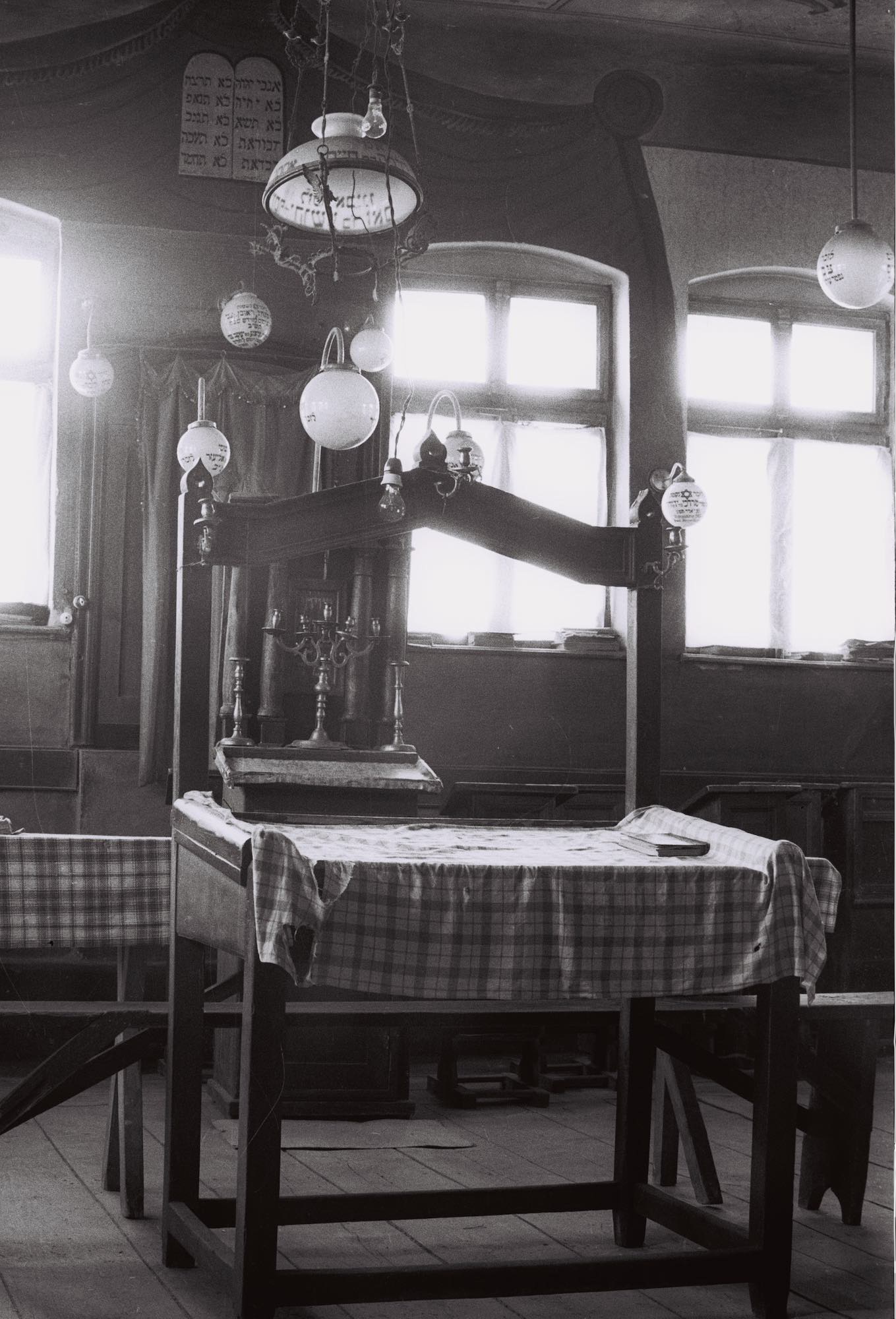(Тейва)

Возвышение в синагоге, с которого читается свиток Торы.



The restored Rumbach Synagogue in Budapest with its retractable bimah.
Bunin Benor, Sarah. “Almemar.” Jewish English Lexicon, 2012.
“Bimah.” Encyclopedia Judaica. Vol. 4, Jerusalem: Keter Publishing House, 1972, pp. 1002-6.
Levine, Lee I. The Ancient Synagogue: The First Thousand Years, London: Yale University Press, 2005, pp. 319-23.
Davidovitch, David. “Tichnun ulam ha’Tfila be’vatei-kneset italkiym [Design of Italian Synagogue Interiors].” Divrei ha’kongres ha’olami le’mada’ei ha’yahadut. Proceedings of the World Congress of Jewish Studies,vol. 5, 1969, pp. 37-43.
Herselle Krinsky, Carol. Synagogues of Europe: Architecture, History, Meaning, Mineola: Dover Publications, 1996, pp. 21-24.
Levin, Vladimir. “Synagogues in Lithuania: A Historical Overview.” Synagogues in Lithuania A-M: A Catalogue, Vilnius: Vilnius Academy of Arts Press, 2010, pp. 15-40.
Muchawsky-Schnapper, Ester. “A Unique Yemenite Tevah from San’a.” The Israel Museum Journal, vol. 15, 1997, pp. 67-93.
Narkiss, Bezalel. “The Heikhal, Bimah and Teivah in Sephardi Synagogues.” Journal of Jewish Art, edited by Aliza Cohen-Mushlin, vol. 18: Sepharad, 1992, pp. 31-47.
Weissbach, Lee Shai. “The architecture of the Bimah in American Synagogues: Framing the Ritual.” American Jewish History, vol. 91, no. 1, 2003, pp. 29-51.
Выбор языка